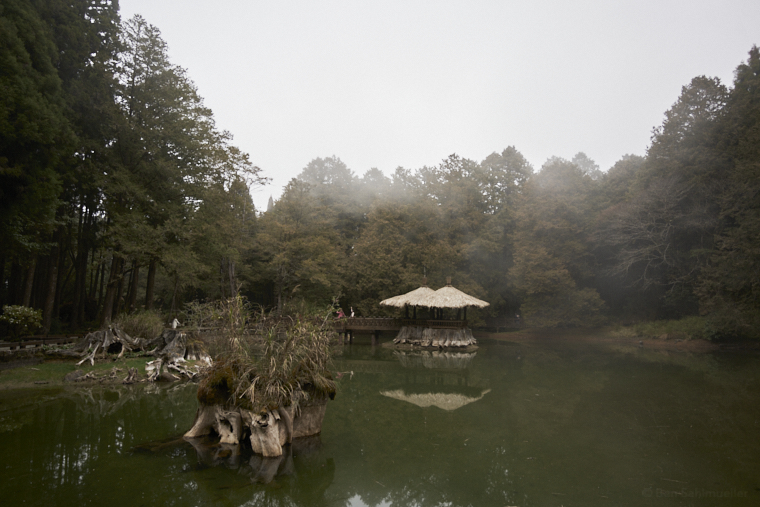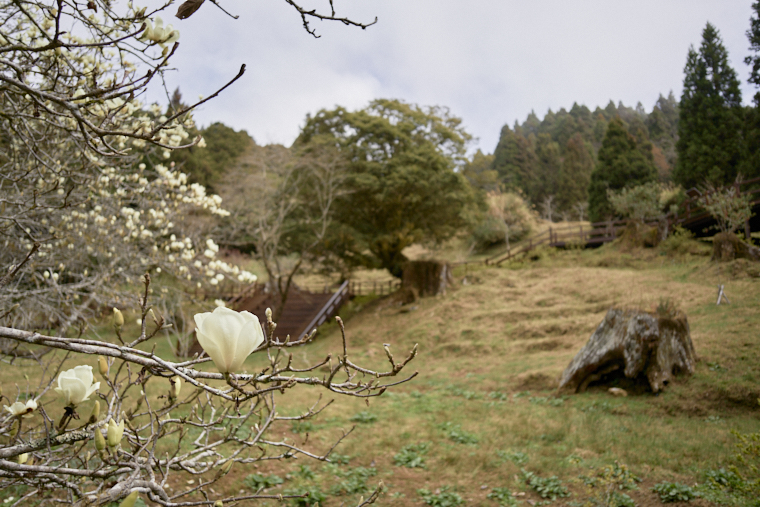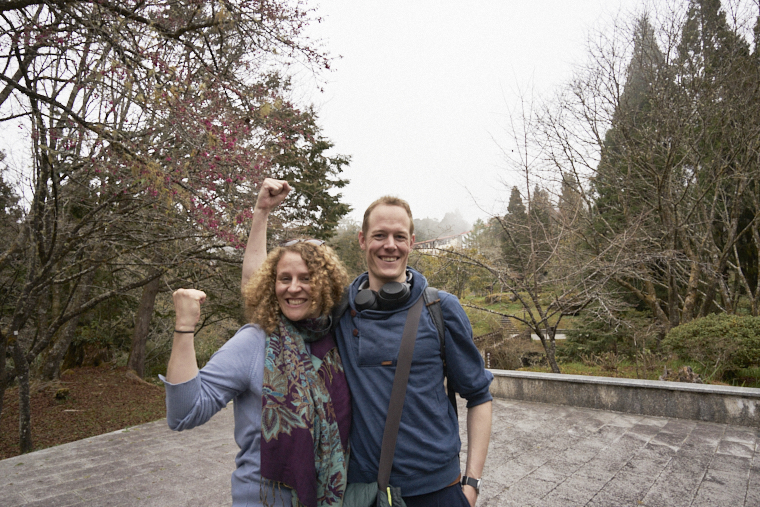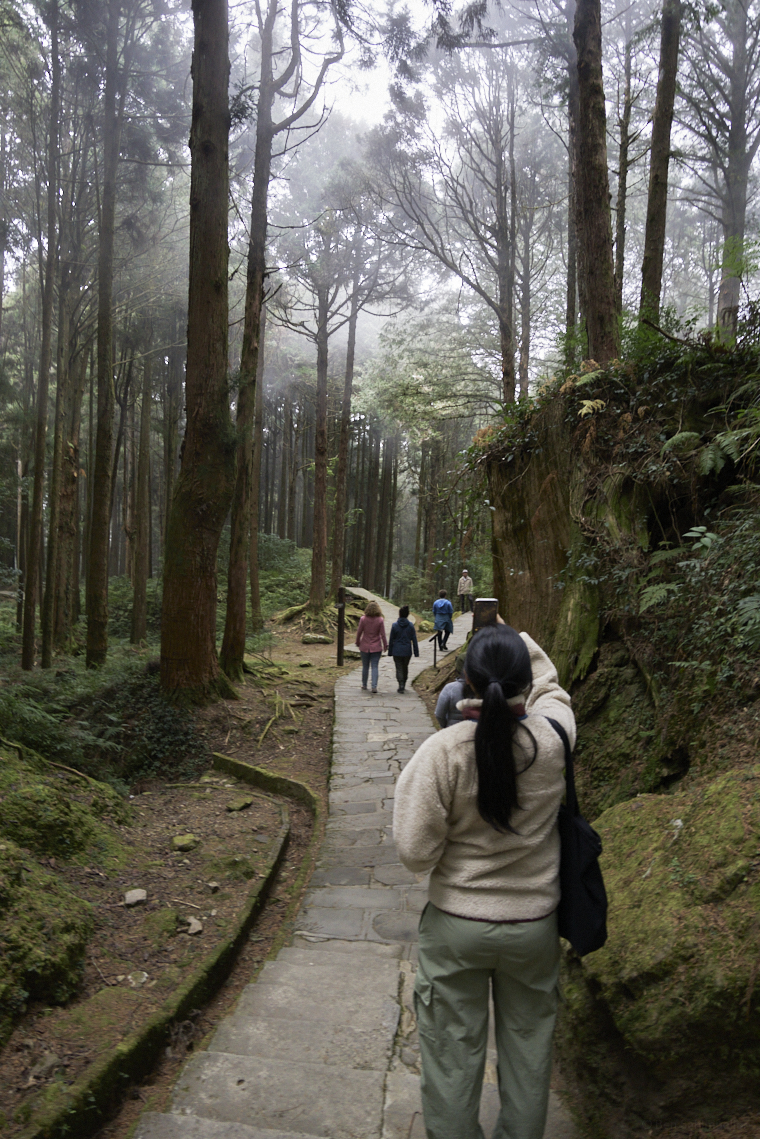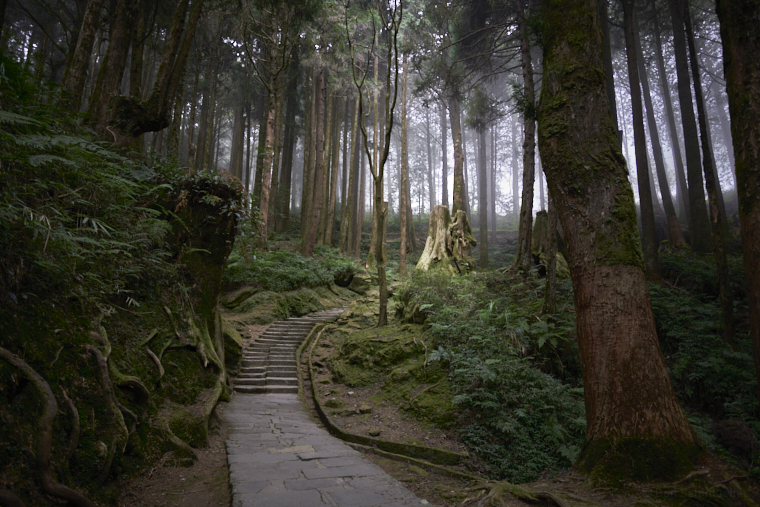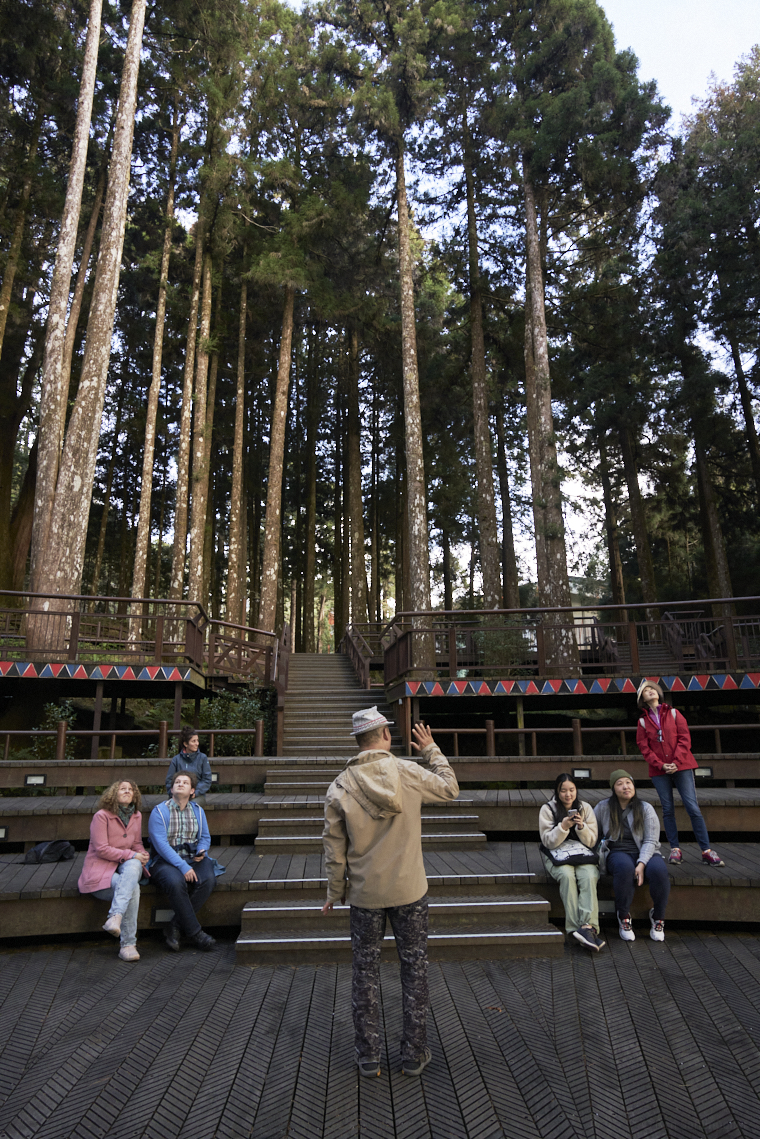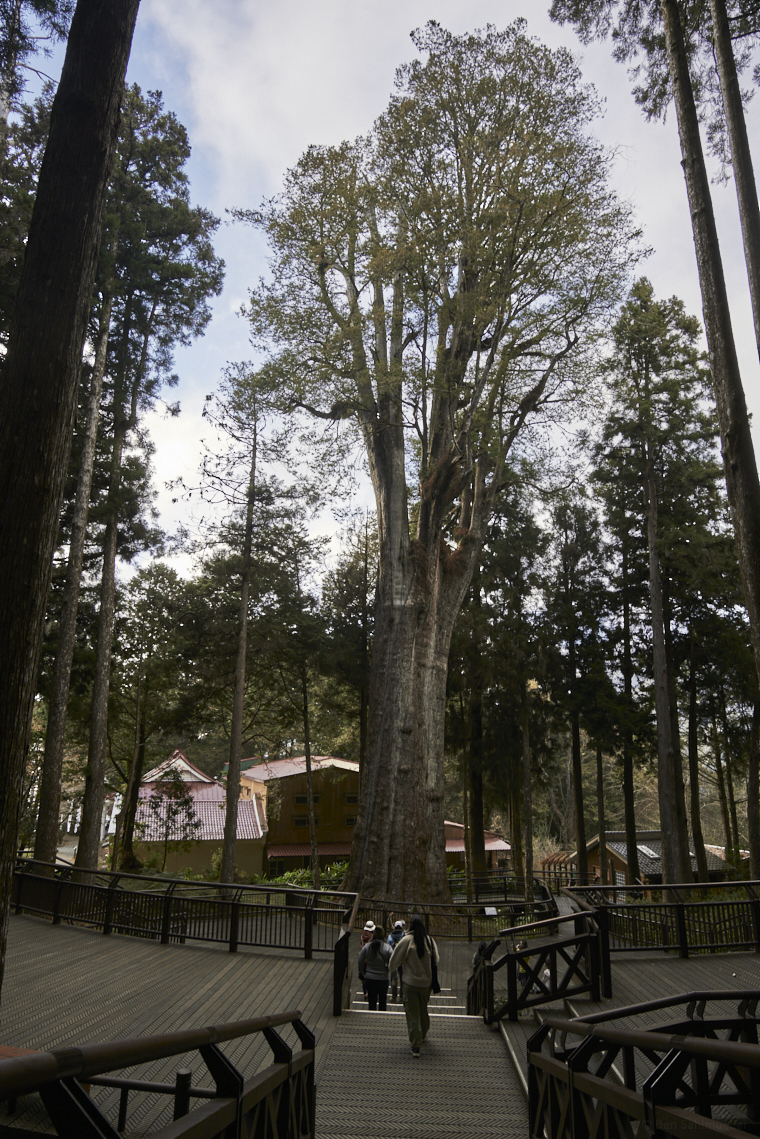Alishan National Scenic Area (阿里山), Roots, rails, and selfie-sticks
The Alishan Range is one of the four central mountain ranges that build the heart of the island of Taiwan. With its highest peak, Datashan (大塔山) reaching 2663m, its the lowest of the four. At the same time, it is probably the most accessible and best-known, making the national park and scenic area one of Taiwan’s main natural scenic tourist attractions next to Sun Moon Lake (日月潭) and Taroko Gorge (太魯閣).
While nature is now tamed, the area well-developed and easily accessible from Chiayi, the Alishan area had a much more adventurous and exploitive past. Home to giant cypresses, sometimes thousands of years old and sacred to the local aborigines, the area became a center for extraction in the Japanese colonial era. In a technically challenging feat, the logging industry brought railroads and engines, often digging tunnels deep into the mountains, losing hundreds of workers to illness and accidents. Now, the old railways and engines are a popular tourist attraction (and were one of the highlights for Anna’s family visiting us).
Today, the Alishan National Scenic Area is a national park with a dense network of save trails, small villages, comfortable hotels, and natural sights. With our hiking shoes and backpacks full of low-key mountaineering equipment (sunscreen, lots of water, snacks, additional clothes, etc.), we felt quite displaced between groups of fashionable youngsters with their selfie-sticks.
While the main village with its old infrastructure and shabby buildings had an interesting gold digger vibe (featuring Taiwan’s highest 7-11!), the park itself was very tastefully designed, leaning into a newer ecotourism trend, its trails respectfully winding around ancient trees, natural ponds, and gentle slopes.
